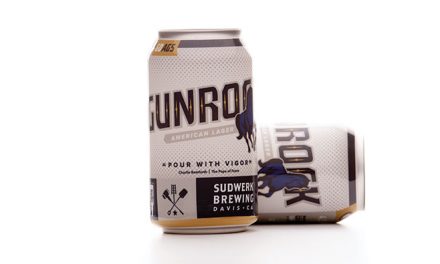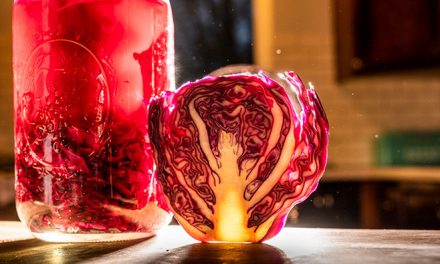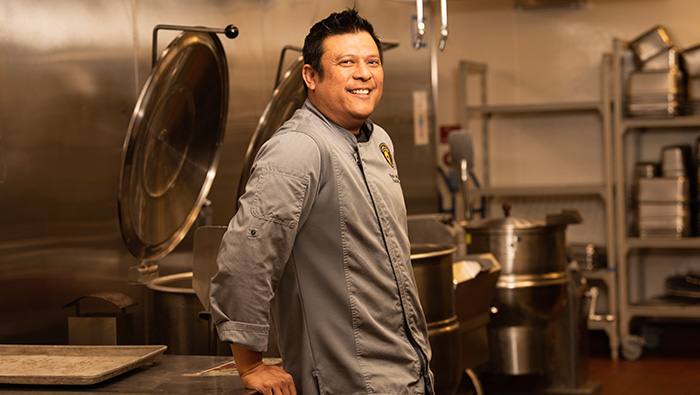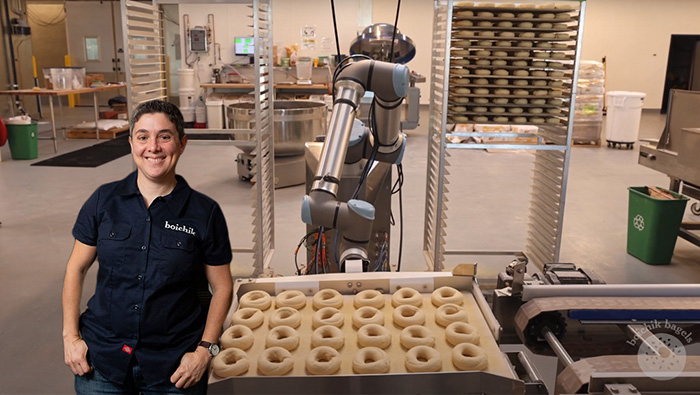
Two students in “Mead 101” prepare their first batch of traditional mead by blending honey, yeast and water. (Courtesy)
Honeyed History
Chances are, if you’ve heard of mead, you may have “Game of Thrones” to thank. The hit show is sometimes credited with giving the fermented drink newfound popularity, but in reality, it has existed for thousands of years. At UC Davis, the Honey and Pollination Center partners with the Department of Viticulture and Enology for mead classes and research. Amina Harris, director of the Honey and Pollination Center at UC Davis, shared insights on mead, an ancient drink turned mainstream.
What is mead?
Mead is a fermented drink, comprising honey and water. “Legally, mead is categorized as honey wine. That said, it can also be a cider or beer or almost anything,” explained Harris. As a result, mead isn’t necessarily sweet. “It can be dry, semisweet or sparkling. It can be port-like, an after-dinner drink.” For example, beer made with honey is called a braggot.
An ancient practice
How old is mead? The short answer is: We don’t know. Mead is an ancient drink, older than beer, and heavily referenced in folklore in various regions of the world. “We don’t know how or where it started, but we have a pretty good idea,” said Harris. Historians believe that somewhere, a bowl of honey was left out in the rain and it fermented naturally.
The idea is not far-fetched. “When bees work in the beehive, the honey begins as nectar,” said Harris. “The bees, through a series of methods, reduce the moisture content of the nectar to about 17 percent, as opposed to the original 80 percent, so that the honey doesn’t ferment in the beehive and they can store it. So if water is added to honey, it will begin to ferment naturally.”
Fashionable ferment
“Prior to the pandemic, about three meaderies were opening in the United States per week. That doesn’t mean they all stayed open, but it’s a growing industry,” said Harris, who recommended visiting a meadery to sample the variety of mead styles and flavors — which can range from fruity to spicy.









